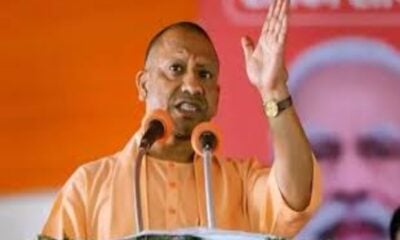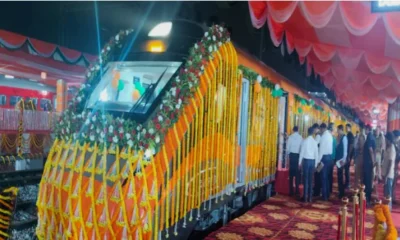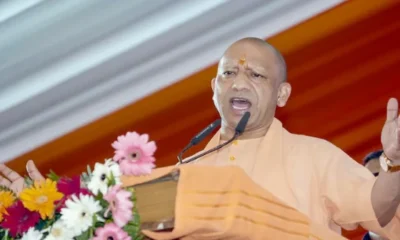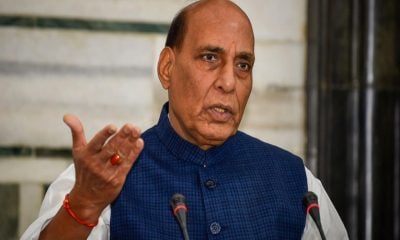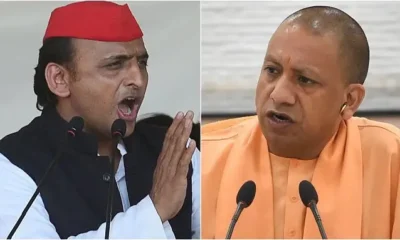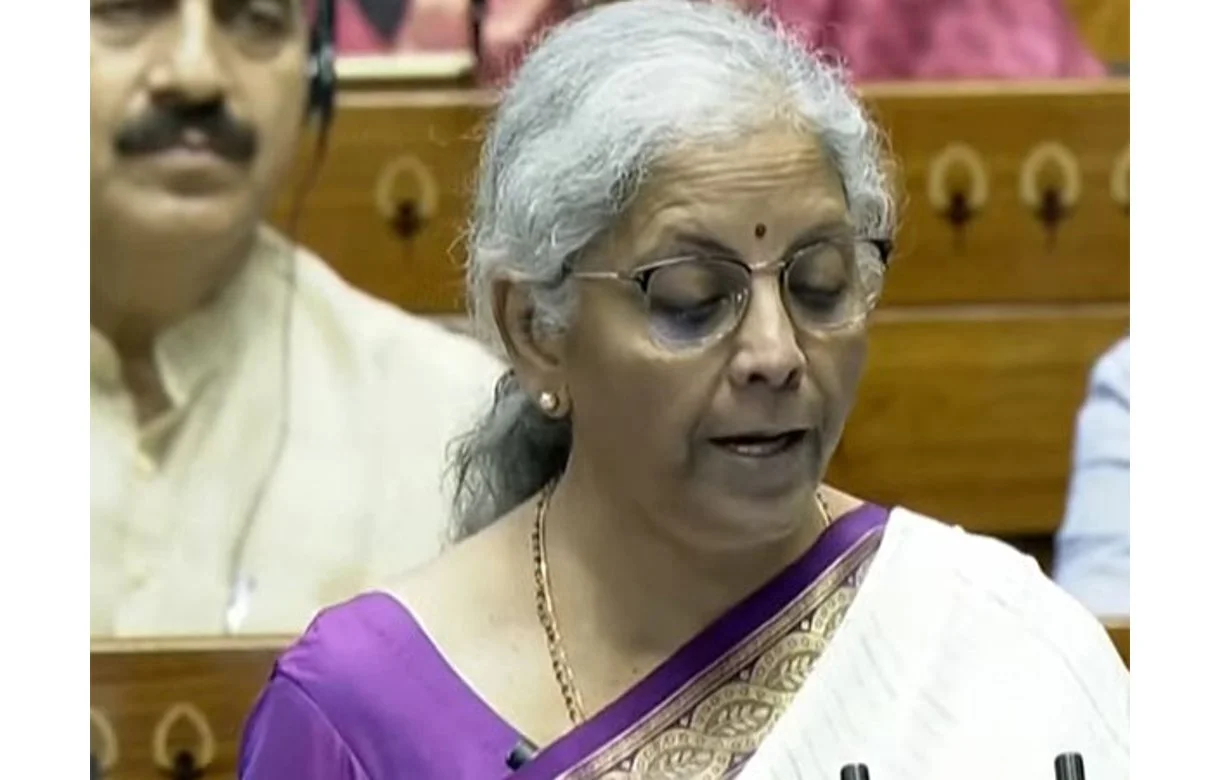India News
Yogi government plans 100 meter tall Lord Ram statue at Ayodhya’s Saryu riverfront
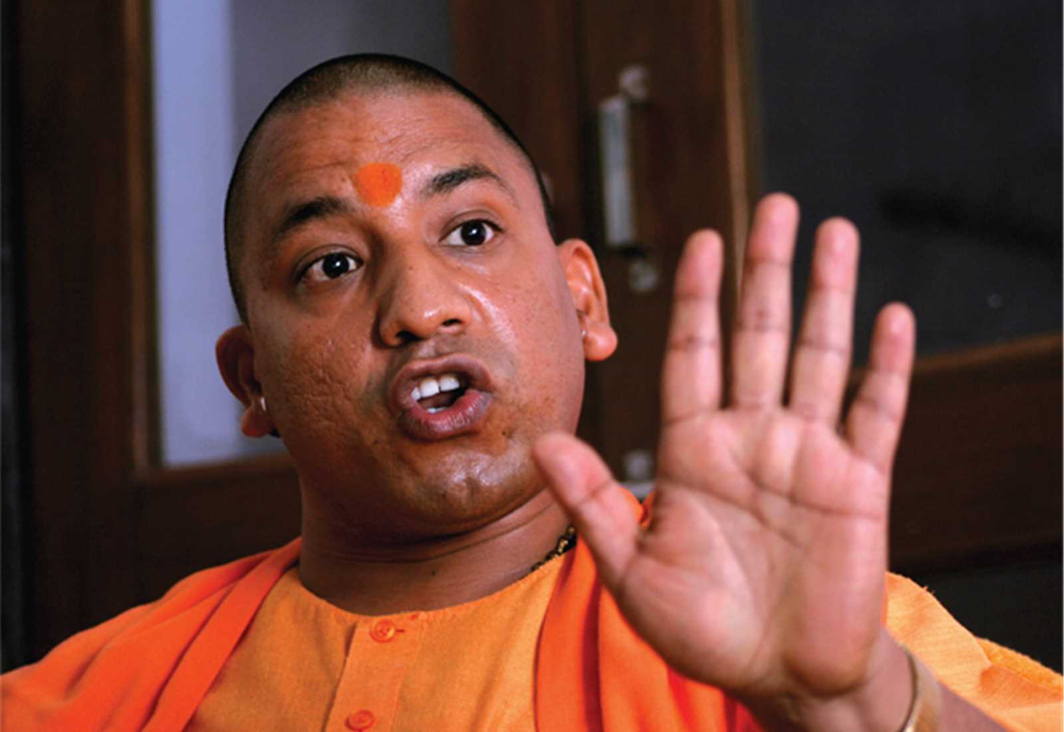
India News
Lok Sabha clears bill to levy cess on pan masala and similar goods for health, security funding
The Lok Sabha has passed a bill to impose a cess on pan masala manufacturing units, aiming to create a dedicated revenue source for public health and national security initiatives.
India News
Simone Tata passes away at 95: A look at the visionary who shaped Lakme and modern retail
Simone Tata, the pioneering business leader who built Lakme and helped shape India’s modern retail sector, passed away at 95. Here’s a look at her legacy.
India News
Centre orders probe into IndiGo crisis, expects normal flight operations in three days
Amid record cancellations by IndiGo, the Centre has ordered a high-level inquiry and expects flight schedules to stabilise by Saturday, with full normalcy in three days.
-

 Entertainment6 hours ago
Entertainment6 hours agoDhurandhar review: Ranveer Singh roars back, Akshaye Khanna shines in intense spy thriller
-

 India News12 hours ago
India News12 hours agoIndiGo flight chaos deepens as over 500 services cancelled, passengers stranded for hours
-
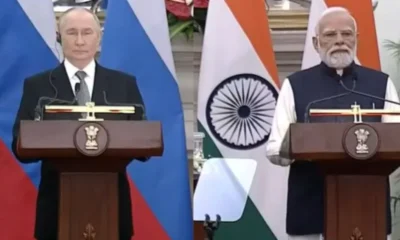
 India News7 hours ago
India News7 hours agoIndia and Russia vow to walk together against terrorism, reaffirm strategic partnership
-
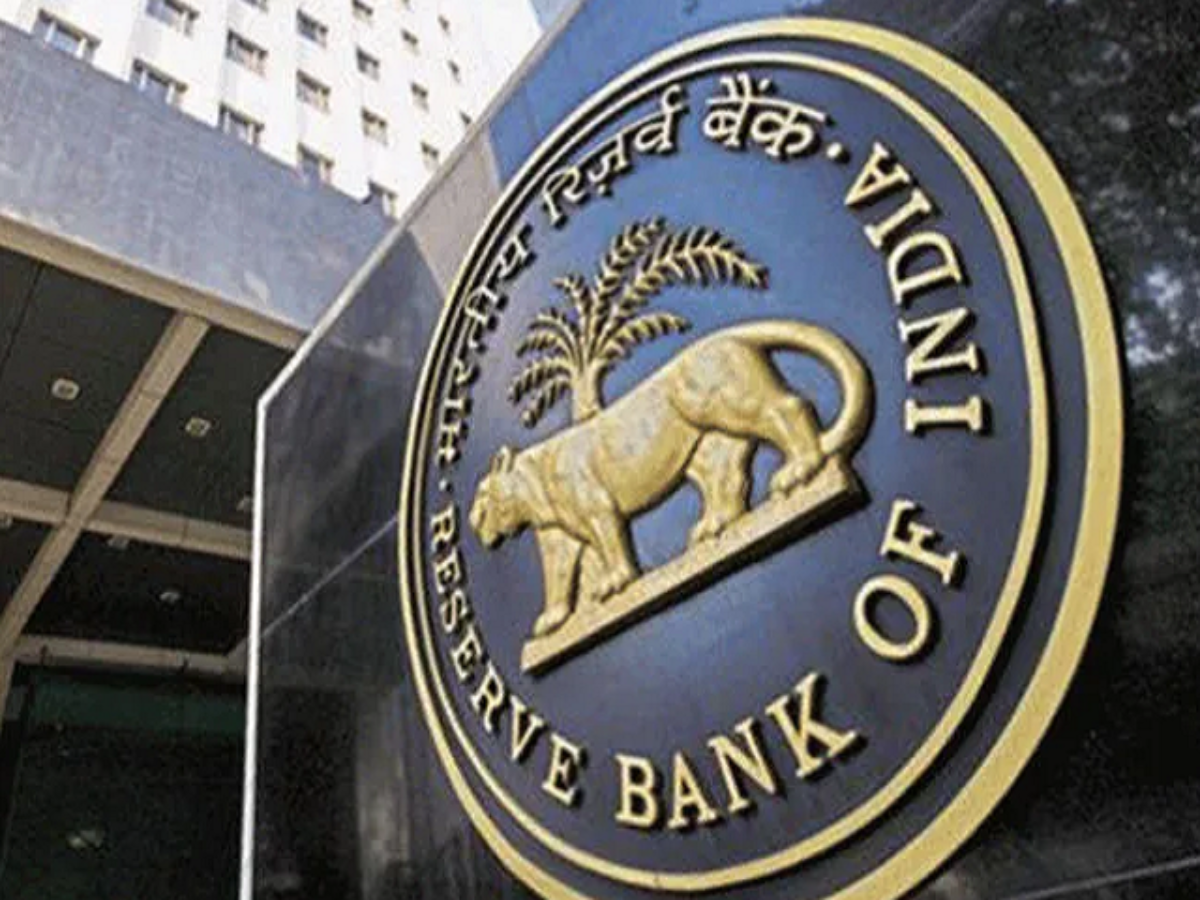
 India News12 hours ago
India News12 hours agoRBI cuts repo rate to 5.25%, paving the way for cheaper loans
-

 Latest world news12 hours ago
Latest world news12 hours agoAsim Munir appointed Pakistan’s first Chief of Defence Forces, to serve 5-year term
-

 India News1 hour ago
India News1 hour agoCentre orders probe into IndiGo crisis, expects normal flight operations in three days
-
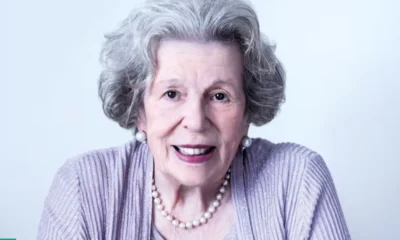
 India News1 hour ago
India News1 hour agoSimone Tata passes away at 95: A look at the visionary who shaped Lakme and modern retail
-
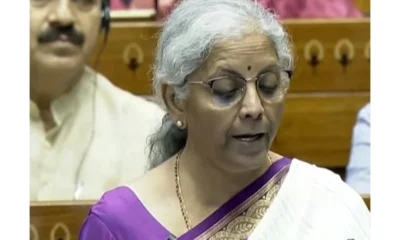
 India News55 mins ago
India News55 mins agoLok Sabha clears bill to levy cess on pan masala and similar goods for health, security funding

